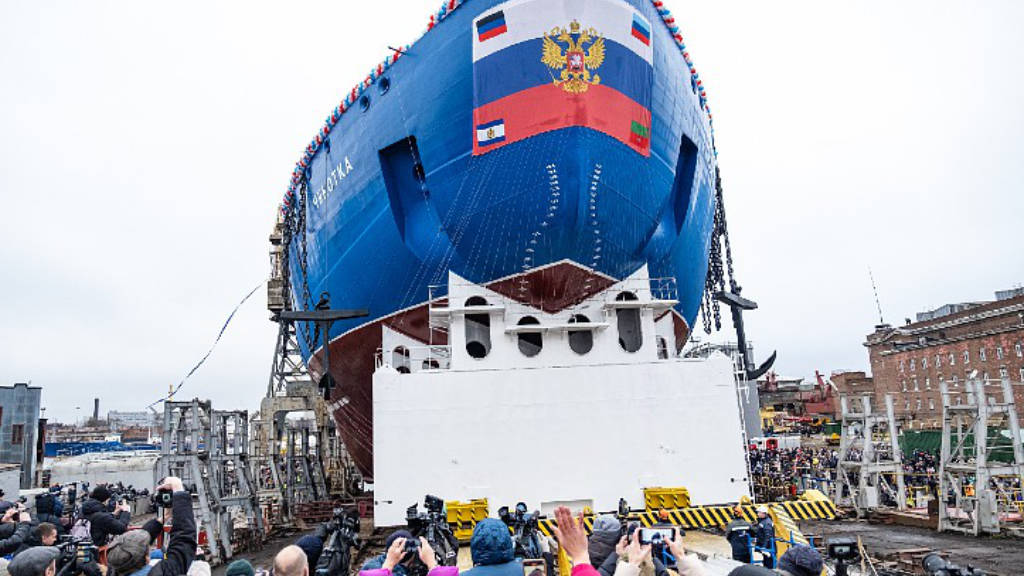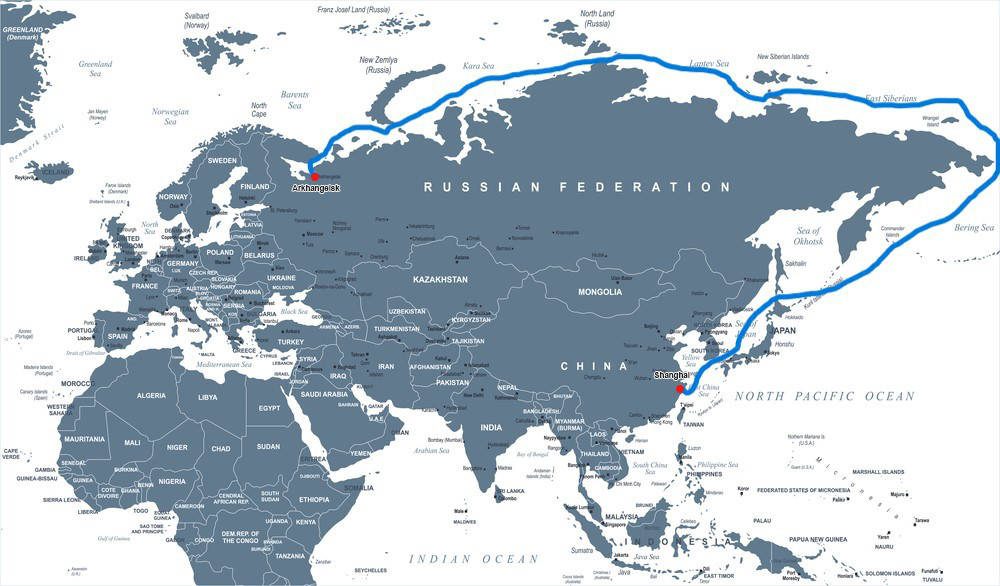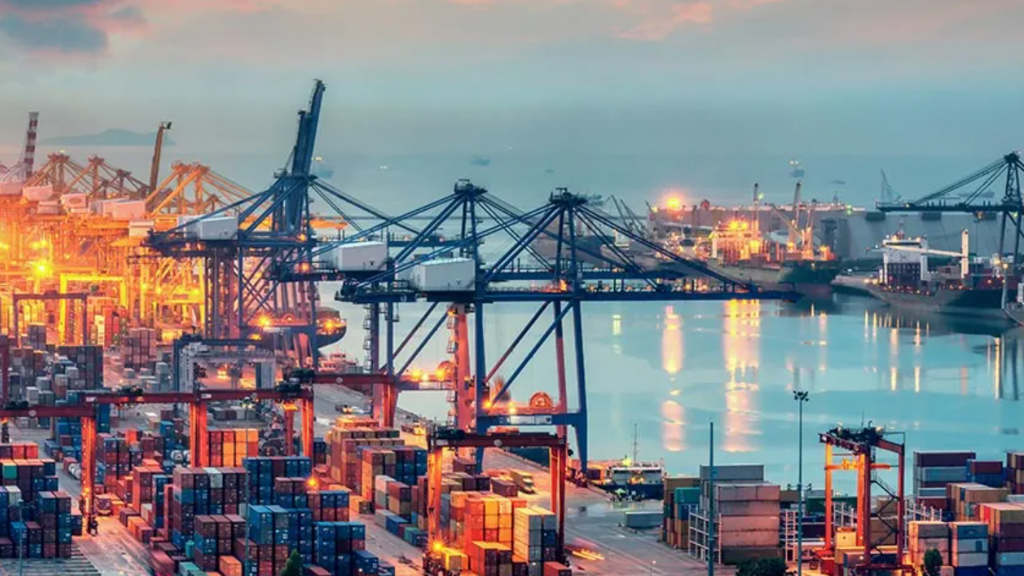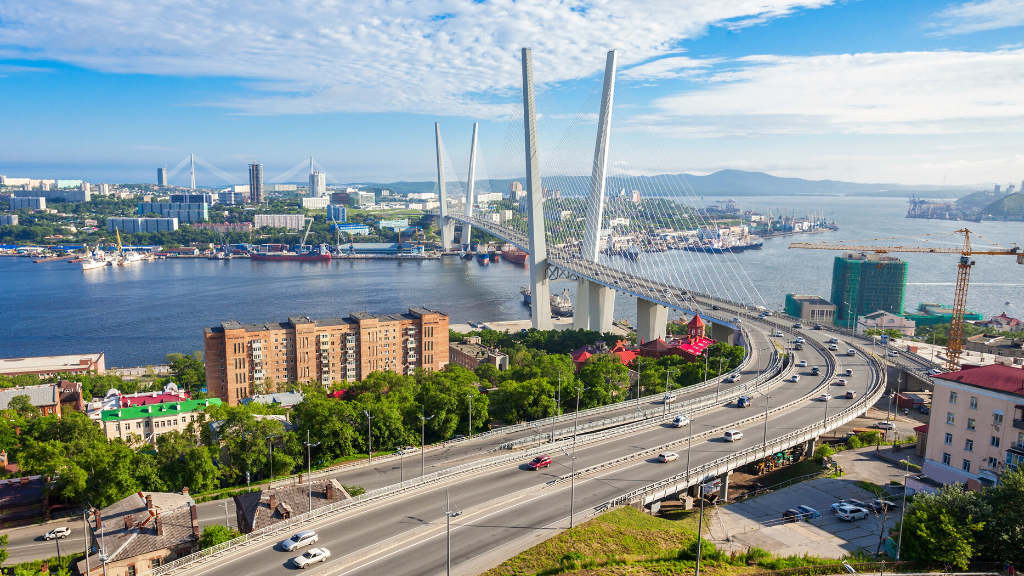
International cargo transit along the Northern Sea Route (NSR) has already reached a volume of 3 million tonnes, exceeding 2023’s figures by 40%, according to Alexey Likhachev, Director General of Rosatom. He was speaking during the launching ceremony of Russia’s latest nuclear icebreaker, “Chukotka”. The vessel is Russia’s fifth nuclear-powered icebreaker, with Russia the only country to possess such a fleet.
This NSR transit growth is mainly facilitated by joint projects with China, including the ‘Arctic Express’, which provides delivery of goods from China to Arkhangelsk, and from there to other northwestern and central regions of Russia. In addition, cargo was delivered to Belarus via the Northern Sea Route for the first time in 2024.
Likhachev said “More than 3 million tonnes of transit cargo have already been transported along the Northern Sea Route, due to the redirection of cargo from western routes to eastern ones, resulting in a 40% increase compared to last year. We are working with the Government of China within the framework of a special subcommittee, and there is a Russian-Indian working group on the NSR. These give practical results. The number of transits between Russian and Chinese ports has already exceeded last year. We are also working with our foreign partners on plans for the construction and operation of container ships for transportation along the Northern Sea Route.”
He added that transportation along the Northern Sea Route allows for the delivery of containers from Shanghai to Moscow two weeks faster than through the Suez Canal. Russia and India are also involved in joint ventures to build arctic-standard vessels.

The main share of marine traffic along the Northern Sea Route is still Russian domestic traffic. At the end of 2023, a total of 36.254 million tonnes were transported through the NSR, of which international transit was 2.1 million tonnes.
This year saw more international activity on the Northern Sea Route. For example, in August, the Arctic Express project was launched, while the reverse loading of raw materials and goods from Russia to China also began. In the autumn, the first cargoes from China were sent to Belarus by the Arctic Express.
Although the Northern Sea Route provides a shorter delivery distance between Asia and Europe, the use of this transport corridor is complicated by climatic conditions, a short navigation period, and the need to attract a special icebreaker fleet, which increases the cost of transporting goods.
However, since 2022, the Northern Sea Route has become one of the priority transport corridors for Russia, since it runs entirely in Russian waters, and therefore guarantees a certain independence from the current sanctions regime.
Further Reading
Russia To Prioritise Development Of Five Arctic Ports & Three Connecting Rivers




